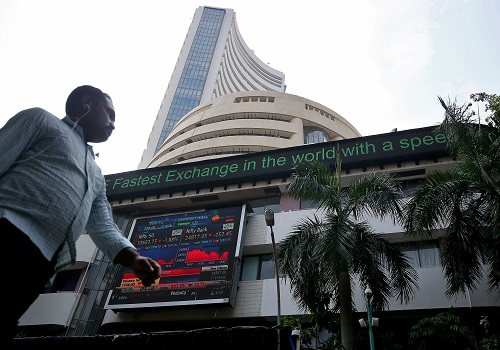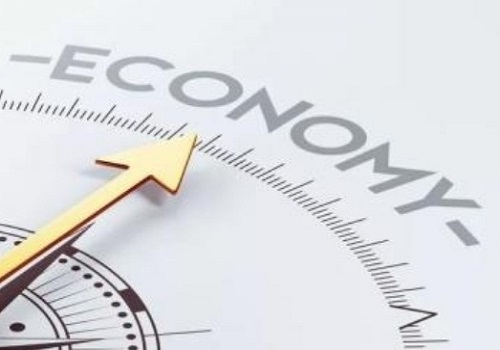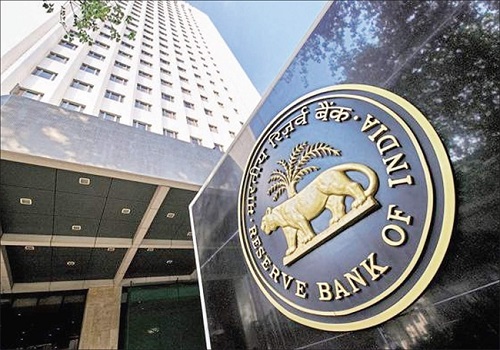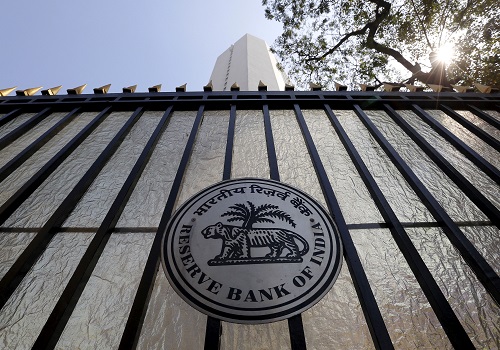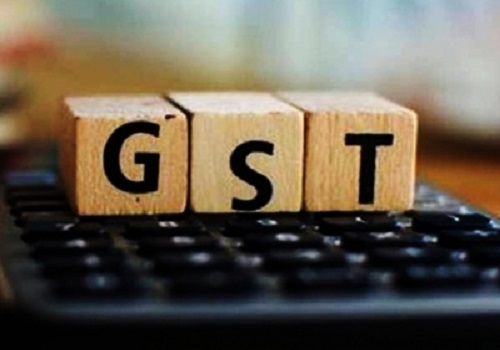WPI inflation at 1.2% in Dec 2020 - ICICI Securities

Follow us Now on Telegram ! Get daily 10 - 12 important updates on Business, Finance and Investment. Join our Telegram Channel
WPI inflation at 1.2% in Dec 2020
* WPI inflation at 1.2% in Dec 2020: Wholesale inflation remained benign for yet another month, printing 1.2% y/y in Dec 2020. In Nov 2020, WPI stood at 1.6% and in Dec 2019 it stood at 2.8%. However, on a quarterly basis, WPI inflation has been picking up. In Q1FY21 (which marked the worst of Covid-19 related disruption), wholesale inflation averaged -2.3% reflecting sharp fall in oil prices and weak producer pricing power. In Q2FY21 as the economy started normalising, WPI inflation increased to 0.5%. With Dec 2020 number, Q3FY21 WPI inflation now stands at 1.4%. However, average WPI inflation for the first nine months of FY21 is still negative for -0.1%.
* Monthly momentum of price increases losing steam since Aug 2020: Segregation of inflation print into base effect and monthly momentum shows that monthly momentum of price increases is losing steam from Aug 2020. WPI inflation declined by 40bps between Dec 2020 and Nov 2020. In this, base effect shaved off 60bps while month-on-month momentum added 20bps, resulting in a net reduction of 40bps. Since Aug 2020, month-on-month momentum has been declining steadily.
* Food inflation at 24-month low; primary articles food records first negative print since Dec 2018: WPI Food inflation fell to 0.9% in Dec 2020 from 4.3% in Nov 2020 and 11.2% in Dec 2019. This is the lowest print of WPI Food inflation in 24 months. Monthly wholesale price data shows that a large part of this decline in food inflation is driven by normalisation in onion prices. Onion prices fell to Rs 3,686/quintal in Dec 2020 from Rs 8,236/quintal a year ago, recording a 55% y/y decline. Wheat prices also fell to 2% during the said period causing wholesale food inflation to fall to multi-year lows. Food component of Primary Articles index recorded first negative print since Dec 2018 to come in at -1.1%. However, ‘food, beverages and tobacco’ component of manufacturing segment recorded 4.4% inflation, in line with its trend in the recent past. If this trend (lower input food inflation and higher manufactured food inflation) continues, ‘food’ component of manufacturing sector could witness higher profit margins in the coming months.
* Fuel & Power inflation records 10th consecutive negative print: Fuel & Power inflation came in at -8.7%, recording 10th consecutive negative print since Mar 2020. Index heavyweight ‘mineral oils’ and ‘electricity’ components recorded double-digit negative inflation while coal component recorded modest positive print.
* Rising metal prices drive manufacturing inflation to 25-month high: Manufactured products inflation rose to 25-month high of 4.2% y/y from 3% in Nov 2020 and -0.3% in Dec 2019. Hence, during Dec 2020 and Dec 2019, manufactured products inflation increased by a total 450bps. Out of this, metals (basic metals + fabricated metal products) alone contributed 300bps, accounting for a lion’s share in the inflation. Chemicals and pharmaceuticals added 90bps to the inflation while ‘other manufacturing’ (wood, paper, furniture etc.) added 50bps. On the other hand, softer food inflation compared to last year shaved off 30bps from manufacturing inflation.
* CPI-WPI wedge lowest since Aug 2019: The difference between retail and wholesale inflation narrowed to 3.4% in Dec 2020, the lowest level since Aug 2019. This possibly indicates easing supply constraints and lower trader margins. During the ‘hard lockdown’ months of Apr-May 2020, the wedge between CPI and WPI had widened to multi-year highs of 8.8% and 9% respectively.
To Read Complete Report & Disclaimer Click Here
For More ICICI Securities Disclaimer http://www.icicisecurities.com/AboutUs/?ReportID=10445
Above views are of the author and not of the website kindly read disclaimer







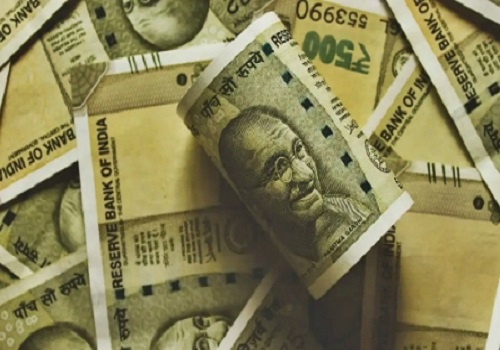


Tag News

Monthly Debt Market Update, September 2023: CareEdge Ratings








